When Presidents Trump and Xi meet at Mar-a-Lago this Thursday, trade will be one of the two big issues on the agenda (along with North Korea). The smart strategy for the United States is to 1) recognize the progress that has been made on currency, 2) press China on measures that would reduce national savings and hence the trade surplus, and 3) negotiate greater openness of China’s markets for agriculture, manufacturing, and services.
Don’t make an issue of the exchange rate
For years, China’s exchange rate policy has been a thorn in the side of the U.S.-China relationship, as China intervened to accumulate reserves and to keep the value of its currency low. But this is one area in which there has been progress in the dialogue. China’s trade-weighted exchange rate has appreciated 17 percent since 2010 (see figure). The problem for the United States is that the dollar has appreciated even more strongly (24 percent), while the euro and especially the yen have depreciated. There are many factors behind these moves, but if the United States is concerned about currencies, it makes sense to have consultations among these four rather than to single out China.

Starting two years ago, China has been selling reserves to keep the value of its currency high, and its reserve pile has dropped from $4 trillion to $3 trillion. There are several factors at work here. China’s enormous trade surplus has come down as a share of its GDP: the broadest measure of trade, the current account, declined from a surplus above 10 percent of GDP in 2007 to below 3 percent in 2016. The other change is that a long pattern of net capital inflows to China has shifted to a steady net outflow of capital. China has built up excess capacity throughout its economy so that the return to further investment has diminished. Private investment grew at a rate of only 3 percent last year. The large outflow of capital has put downward pressure on the currency, which so far China has resisted.
We should welcome the helpful role that China has played keeping its trade-weighted exchange rate stable for the past year. Naming it a currency manipulator would be inaccurate and unhelpful. China would probably agree to enhanced currency consultations, especially if it included other major currencies such as the yen and the euro.
Naming it a currency manipulator would be inaccurate and unhelpful.
Do make an issue of the saving rate
Even at 3 percent of GDP, China’s trade surplus is large in absolute terms. The real issue behind persistent trade surpluses is the saving rate, which is far beyond the norm of other major economies. China’s saving rate has been around 50 percent of GDP, coming down a couple of percentage points in the last few years. The current account, as a share of GDP, is equal to the saving rate minus the investment rate. From 2009 to 2014, China deployed almost all of this saving at home—as a result, its trade surplus was modest (see figure). But this investment binge is what has led to the problem of excess capacity. Now investment is declining as a share of GDP, which is rational in the face of the excess capacity. The problem is that, unless savings decline as well, the trade surplus is likely to grow in the next few years.

The problem is not fundamentally with households, whose behavior is similar to elsewhere in East Asia. Rather the problem is that the state controls a lot of GDP—through state-owned enterprises (SOEs) and the government budget—that never reaches households. If more of the national income went to households, the national savings rate would naturally come down. This points to measures such as SOE reform: China is keeping zombie state enterprises alive with credit from state-owned banks. We should encourage China to close bankrupt enterprises and privatize viable ones. China could easily afford more generous pensions for its large number of military and civilian retirees, and this would be an immediate way to increase household income for a group that is likely to spend it. China also spends little public money on health and education, and greater social spending would increase households’ real income and bolster their consumption.
The general point is that there are many measures that could encourage the shift of China’s economy towards consumption, which is needed to sustain its growth in a manner that does not rely on rising trade surpluses, which would in turn be a problem for the U.S. and the rest of the world.
Focus on market access
Faster consumption growth in China will help prevent large trade surpluses. It would help further if consumption in China had more import content. In general, China’s market access restrictions prevent the consumption of American goods and services. In automobiles, a 25 percent import tariff plus domestic content rules in the past mean that American-brand cars sold in China have little U.S. content. Agricultural imports, though significant in some products, are highly restricted in important markets such as beef. In the modern service sectors such as finance, telecom, media, logistics, and health, direct investment is needed in order for the United States to export services in large volumes. However, China is the most closed among G-20 countries in terms of investment openness in these and other sectors.
Threatening high tariffs is not likely to encourage China to yield, and would backfire by hurting the U.S. economy if actually implemented.
China has long indicated that it will gradually open these markets—but in fact, there has been very little progress for 10 years now. The United States does not have a lot of leverage to push China to open up. Threatening high tariffs is not likely to encourage China to yield, and would backfire by hurting the U.S. economy if actually implemented. The United States should consider restricting SOE mergers and acquisitions in the United States, given the lack of reciprocity on the Chinese side. The United States also has trade remedies that it can deploy in individual sectors.
The first Xi-Trump summit will be a get-to-know-you meeting, to some extent. The U.S. side should refrain from making harsh threats, especially publically. But it would be good diplomacy to indicate to China the kinds of measures that the United States is considering.
Bottom line: Encouraging consumption and opening up the economy more are the keys to China’s sustainable growth, so it should be possible to negotiate changes in the economic relationship that are good for both economies.
The Brookings Institution is committed to quality, independence, and impact.
We are supported by a diverse array of funders. In line with our values and policies, each Brookings publication represents the sole views of its author(s).

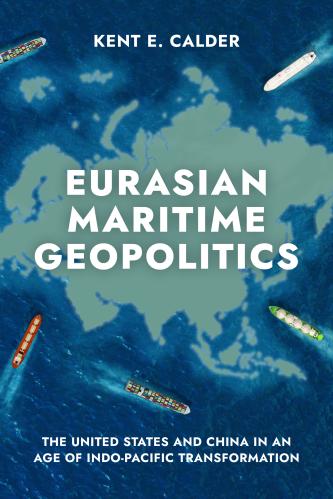

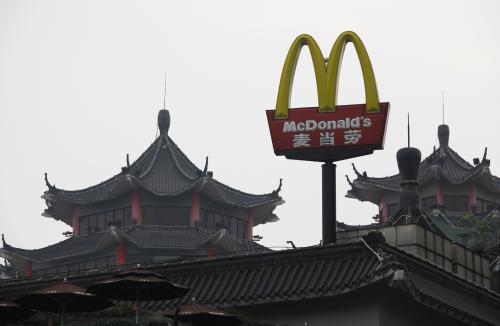
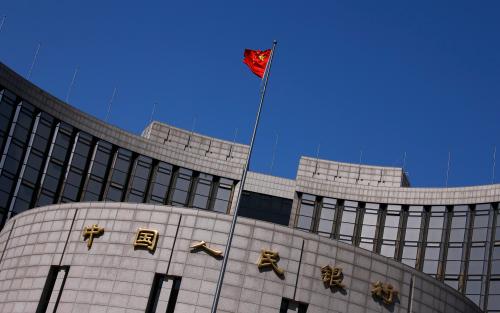
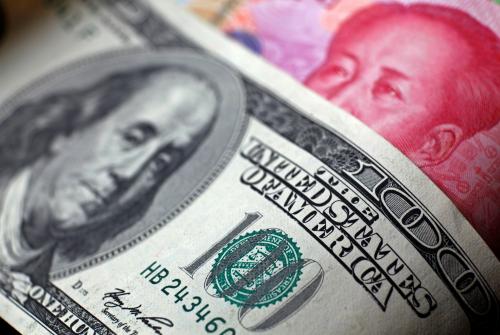


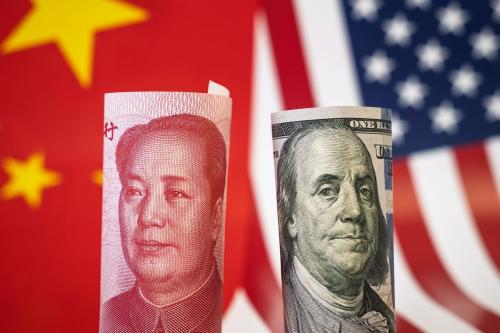
Commentary
Trade is front and center as Trump and Xi meet
April 3, 2017